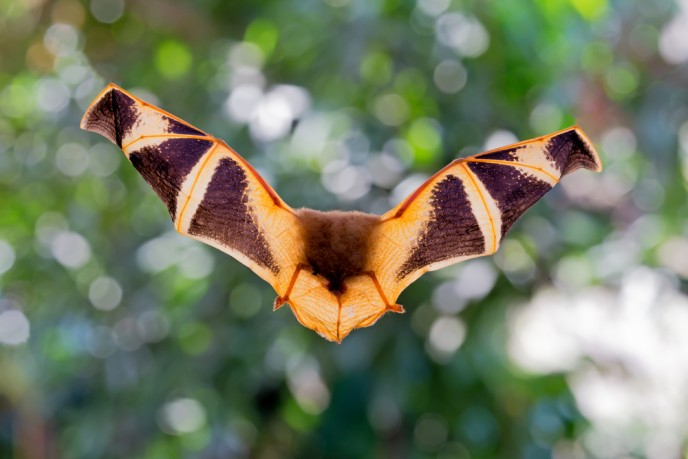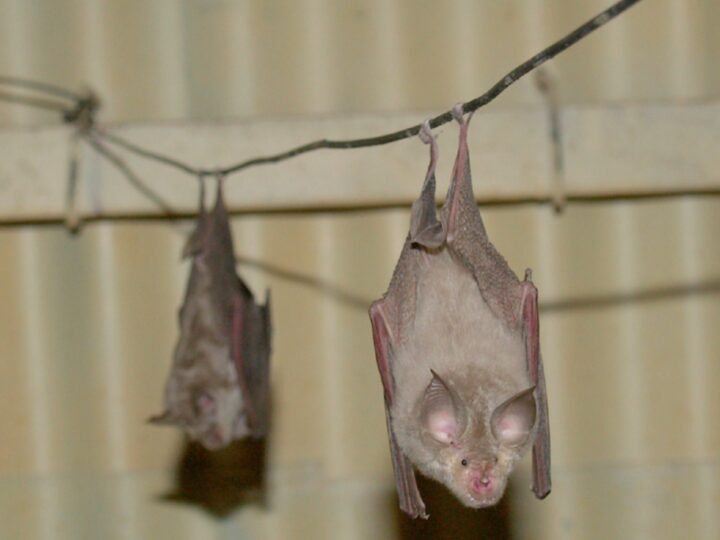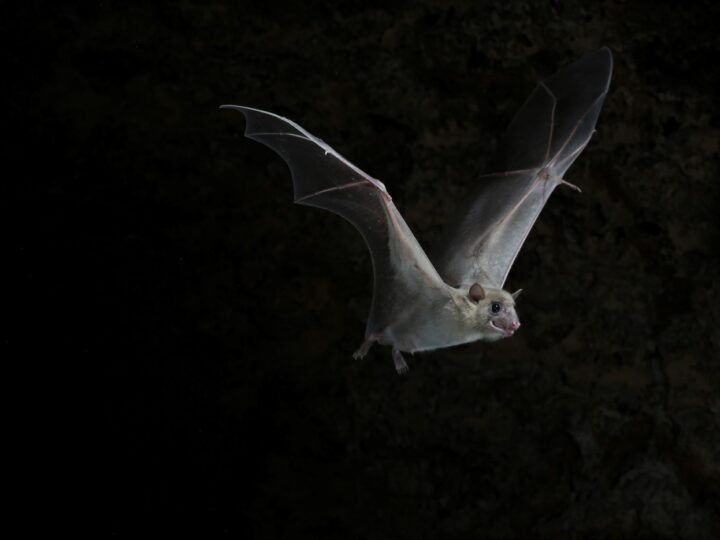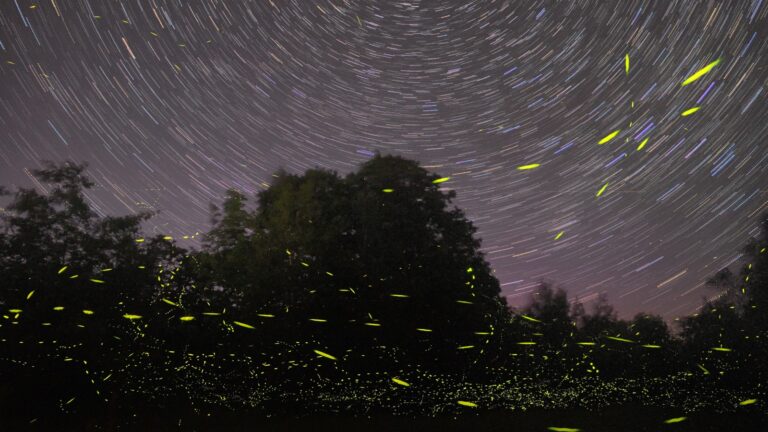There are more than 1,000 species of night creatures with the power of echolocation – reflected sound – but hands down bats rule the night skies. Scientists have numerous theories about their evolutionary edge to hunt food in pitch dark but nobody knows exactly how these web-winged mammals do it.
Now Dr. Arjan Boonman and Dr. Yossi Yovel of Tel Aviv University’s Department of Zoology suggest that bats use vision to keep track of where they’re going and echolocation to hunt tiny insects that most nocturnal predators can’t see. The findings, published in Frontiers in Physiology, add to our scientific understanding of sensory evolution.
“Imagine driving down the highway: Everything is clear in the distance, but objects are a blur when you pass them,” said Dr. Boonman. “Well, echolocation gives bats the unique ability to home in on small objects — mostly insects — while flying at high speeds.”
Bats do most of their feeding at dusk, when insects are most active and there is still plenty of light. Under these conditions, vision seems a better option than echolocation — it conveys more information, and more quickly, at a higher resolution. The researchers wondered: If bats evolved vision before echolocation, as scientists believe, why did echolocation ever come along?
The team set out to answer this question by comparing the distances at which the two senses can detect small objects. To estimate the range of ultrasonic bat echolocation, the researchers played taped calls of two species of bats in a soundproof room and recorded the way the sound bounced off four dead insects — a moth, an ant, a lacewing, and a mosquito.
Even erring on the side of vision in their estimates, the researchers found that echolocation was twice as effective as vision in detecting the insects in medium to low light. They also note that echolocation is unaffected by objects in the background, while visual range is three-to-five fold worse when it has to contend with obstacles like vegetation.
These results suggest that echolocation gives bats a huge evolutionary advantage, allowing them to track insects from further away and with greater accuracy at peak feeding time. Echolocation also, of course, allows bats to continue hunting into the night, when their competitors are blinded by darkness.
“We believe that bats are constantly integrating two streams of information — one from vision and one from echolocation — to create a single image of the world,” said Dr. Yovel, also of TAU’s Sagol School of Neuroscience. “This image has a higher definition than the one created by vision alone.”
Fighting for Israel's truth
We cover what makes life in Israel so special — it's people. A non-profit organization, ISRAEL21c's team of journalists are committed to telling stories that humanize Israelis and show their positive impact on our world. You can bring these stories to life by making a donation of $6/month.








